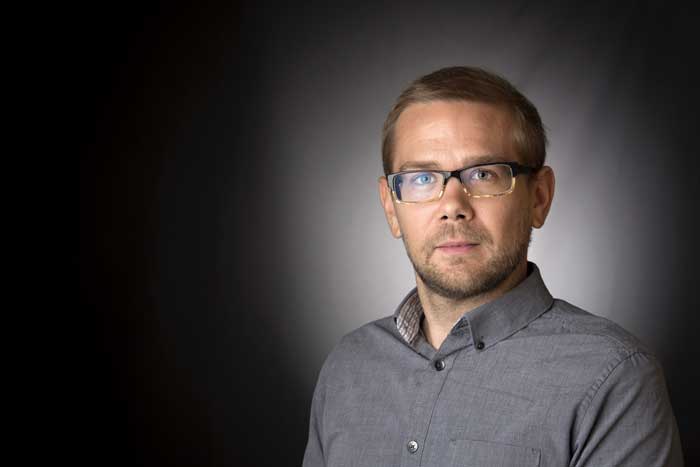UA Little Rock professor explores legal arguments in ninth-century Italy in new publication
A University of Arkansas at Little Rock professor has published a paper exploring the legal culture of ninth-century Italy.
Dr. Michael Heil, assistant professor of history, published his paper, “Bishop Leodoin of Modena and the Legal Culture of Late Ninth-Century Italy,” in the 2017 edition of the journal, “Zeitschrift der Savigny-Stiftung für Rechtsgeschichte: Kanonistische Abteilung.”
His work explores the writings of Leodoin, a bishop in Modena, and other texts preserved in a ninth-century manuscript. He viewed the manuscript at the Biblioteca Capitolare of Modena in Northern Italy.
The paper is part of Heil’s larger research project to build a more constructive picture of the legal culture of the early medieval period in Italy.
“Traditionally, historians have taken a very dim view of early medieval law and legal culture,” he said. “As in many other areas, in the realm of law the early medieval period, approximately 500-1000 A.D., has often been seen as a ‘dark age.’ It is frequently called an ‘age without jurists,’ an age in which custom was what really mattered, not learned, written law.
“When we look more closely, we find that early medieval individuals often had quite sophisticated understandings of law and used it in intelligent ways,” Heil said. “The writings of Leodoin, who was bishop of Modena at the end of the ninth century around 871-891 A.D., are a particularly good illustration of that legal sophistication and intelligence.”
In his manuscript, Bishop Leodoin uses canon law, the law of the church, to lodge complaints against the abbot of the nearby monastery of Nonantola.
“Leodoin thought they were encroaching on some of his episcopal prerogatives, namely the ordination of priests and the construction and demolition of churches within the diocese,” Heil said.
To make his case, Leodoin drew extensively from the “Pseudo-Isidorian Decretals,” a massive collection of false papal letters that were forged in what is now France in the early ninth century.
“Along with legislation promulgated by church councils, papal letters were one of the main sources of canon/church law in the Middle Ages,” Heil said. “In the article, I show how Leodoin very carefully edited and re-combined the ‘Pseudo-Isidorian Decretals’ and set them alongside older and more widely-recognized canon law texts in order to most effectively make his case in defense of his own episcopal authority.”
Legal arguments developed by Leodoin and other writers in the manuscript show they were “intelligent, informed, and purposeful users of the law,” Heil said.
“I suspect that such people were more numerous in early medieval Italy than historians have admitted,” he said.
